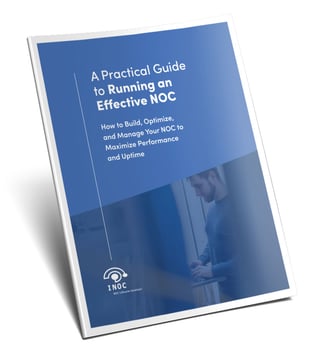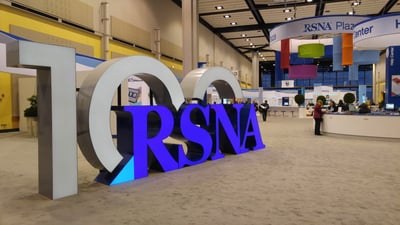A year ago, the day-to-day operational support of your network infrastructure was running smoothly.
When network errors popped up, your network engineers would be alerted and incidents would be addressed quickly. As a result, your network — and your customers’ services — functioned well.
However, now your company has grown, your network has gotten bigger and perhaps more complex; your support engineers are quite busy addressing your customers’ daily support needs and are getting overwhelmed.
So, you are wondering if there is a better way to structure this support and provide some downtime for your team. You are probably ready for a Network Operations Center (NOC).
Whether you build a NOC internally or use an outsourced NOC services company, a lot of support procedures need to be executed well for the customer to be satisfied with how the incident was handled. Here are a couple of tips for running a highly effective NOC:
- Perform an in-depth assessment of support operations: Properly assessing internal support operations requires the convergence of staff from various parts of your organization; this is key to helping you better identify and remediate possible operational, performance and communication gaps across your teams. Take the time to walk through all of the key operational components of your service one by one, including event, incident, problem, performance, and change management functions. Then determine how to implement or make changes based on the most common negative/positive performance trends as well as pain points of your staff and customers alike.
- Analyze operational documentation, including NOC support runbooks: Do you have one centralized, current source for all knowledge and documentation across your organization? Is it accessible and easy to reference by your entire team? Find out if your current runbook really works for your team. Is it up-to-date? Does it accurately portray the services currently being provided by your organization? Inconsistencies in workflows and support procedures can magnify a simple issue when responding to a customer support issue.
Your operational documentation should provide staff with ‘need to know’ information, clearly define roles and responsibilities, and describe the standard operating procedures for day-to-day support as well as escalations. This includes developing flow diagrams and detailed work instructions for MOPs, major outages, dispatch, escalation and incident handling, etc. Standardizing these processes can save a significant amount of time in the long run.
Ensure that your runbook contains detailed resource information about your facility, hardware and software components, notification and escalation contacts, and step-by-step procedures for operational and emergency procedures.
Creating activity and workflow reports on a weekly or monthly basis helps your organization measure progress and find areas in need of improvement.

FREE WHITE PAPER
A Practical Guide to Running an Effective NOC
Download our free white paper and learn how to build, optimize, and manage your NOC to maximize performance and uptime.






